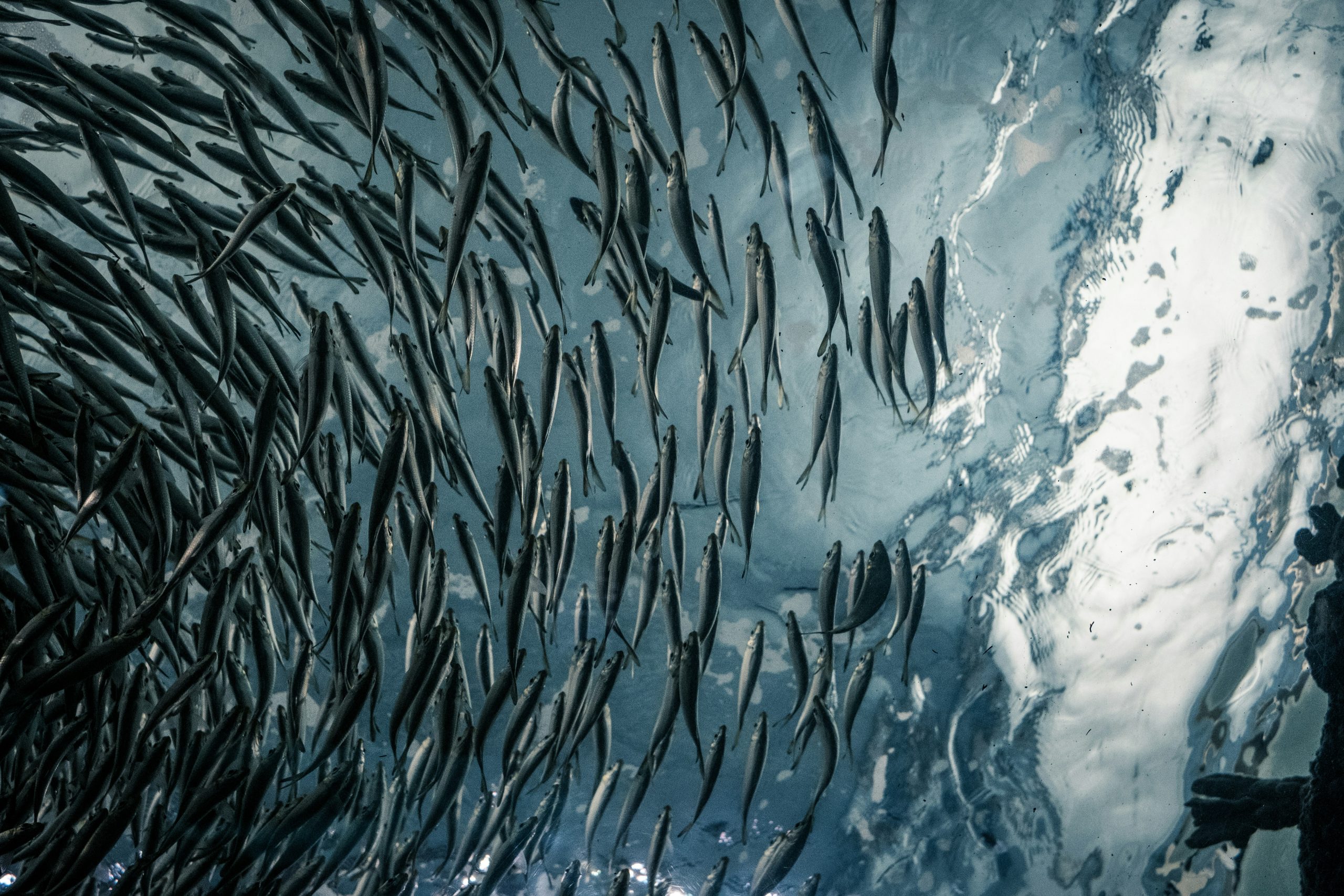In fish collectives, swimming faster will get you followers
Few things are as fascinating to look at a flock of starlings performing their aerial bird dance that is commonly seen, for example, above the West Pier in Brighton, UK, or in Rome when exiting the main train station, or a school of fish escaping a predator. In order to move together so nicely and to make efficient collective decisions, grouping animals (such as certain birds or fish) interact socially with each other, constantly adjusting their movements in ways that create the choreographies that we find so mesmerizing. These interactions are nothing but many small acts of attraction between distant individuals, repulsion from neighbors that are too close, and alignment among neighbors to coordinate the group’s direction of movement. By examining these motions in more detail, scientists from Science of Intelligence in Berlin and the Universitat Politècnica de Catalunya in Barcelona found that in fish schools, these interactions are regulated by the relative speeds between neighbors, and that individuals tend to align with the faster ones and ignore the slower ones. The findings were published in a PNAS paper. The bottom line is: swimming faster will get you followers.
The faster individuals determine where the collective will go
In order to research collective movement behavior in fish, the scientists used a so-called “force map,” – in this case, a visual representation of the various individuals’ speeds, symbolized by arrows with different lengths – and tested it first on simulated agent flocks before applying it to fish schools. “In real-fish school data, we observed unexpected patterns, which were inconsistent with our existing models of collective movement,” said Pawel Romanczuk from Science of Intelligence, a senior author of the study. “By combining analysis of experimental data collected in fish schools with data from computer models, we were able to show that these unexpected patterns can be explained with social interactions being regulated by the relative speeds between neighbors, where individuals tend to align only with faster neighbors and ignore slower ones.” And since we are talking about a very dynamic environment, there are constant shifts in the leader–follower relationships defined by relative speeds of neighbors, which ultimately means that there are regular changes in leadership.
“Where is he running to? He must know something I don’t”
For example, the fish that move faster may be considered by their neighbors as “bearing a message of higher relevance,” therefore worthy of being imitated. This makes biological sense because informed individuals acting on privately acquired information (such as knowledge of a predator, or of a source of food) are expected to move at higher speeds. In other words, their neighbors are likely to think, “this guy must have a good reason for running, I better do the same.”
Faster motion is easily perceived by neighboring individuals
We must not forget that faster movement observed against a background of slower moving individuals is rather easy to perceive for most animals. In fish, this doesn’t only happen through vision, but also through the lateral line, which is a system of tactile sense organs that are reactive to vibration and pressure gradients, giving information about neighboring individual speeds. This further facilitates perception of who the faster individuals are, and makes it easier for neighboring individuals to follow the fish that’s leading the way at a given time.
A new perspective for the study of collective behavior
The results imply that there is a mechanism for dynamic adaptation of leader–follower relationships, based on relative speeds. “Our results provide a new perspective on self-organized collective movement. It offers insight into how leadership in social groups may be strongly mediated through relative speeds of movement, and raises new questions on potential sensory or functional mechanisms of selective social interactions and their consequences for collective behavior. This can also be applied to the study of collective artificial systems such as swarm robots,” said Romanczuk.
—–
Paper: Selective social interactions and speed-induced leadership in schooling fish, Proceedings of the National Academy of Sciences, April 2024, Proceedings of the National Academy of Sciences.
(Photo by Lance Anderson on Unsplash)






